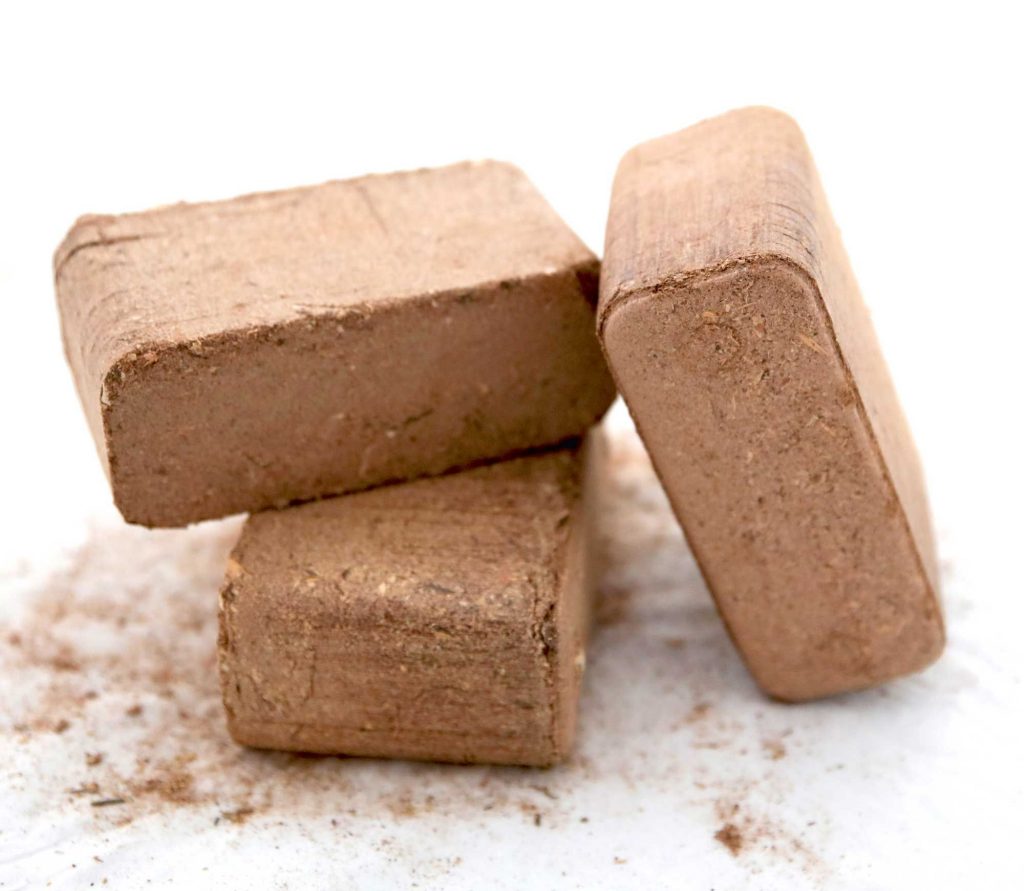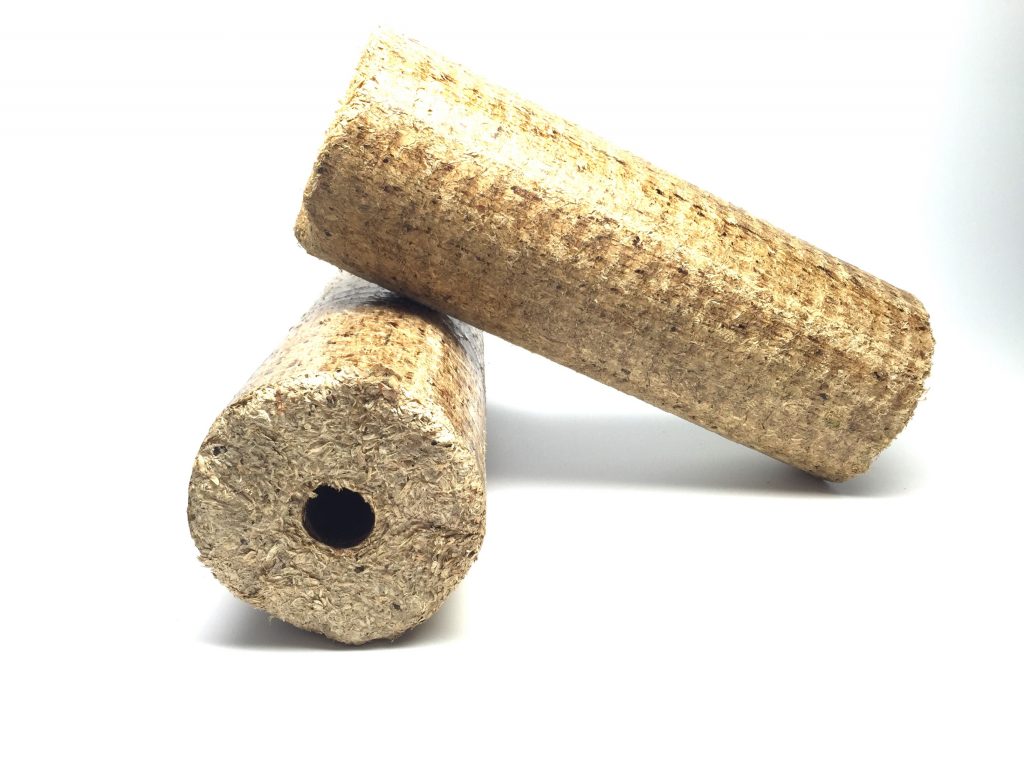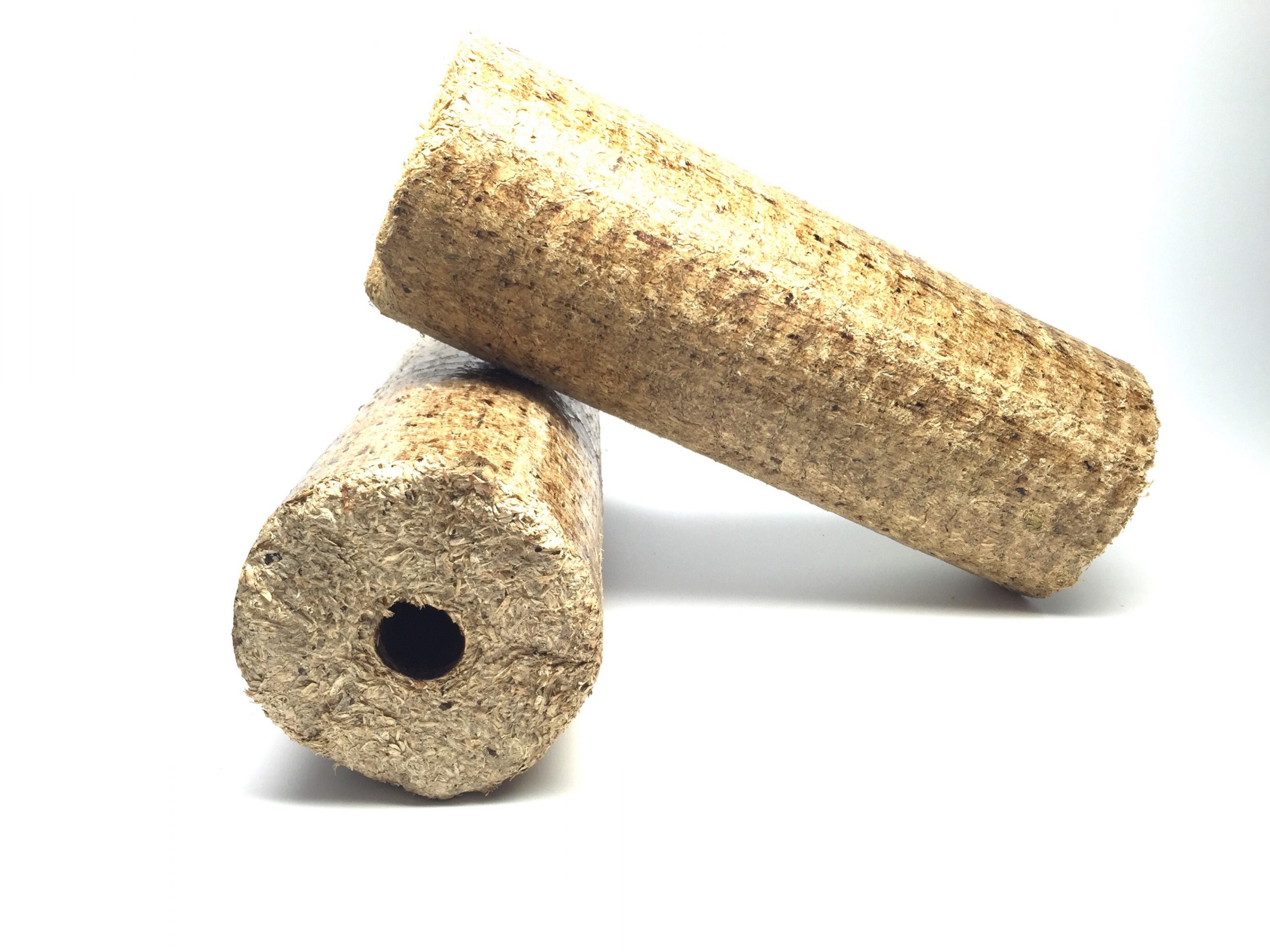Traditional firewood can be replaced with consumable wood briquettes. Domestic viimsi
kütteladu wood briquettes, which are used in home water heaters, furnaces, and wood stoves
burners, have grown in the market since the end of the last century. This need is still increasing,
thanks to a worldwide reliance on renewable energy. Briquettes are more practical, cost-
effective, and long-lasting than other options.

Your garbage will be converted into useful renewable power with our briquetting devices. They
provide a whole line of customer briquetting machines, particularly for low to very large
capacity, in partnership with the sister firm RUF Briquetting System.
The briquetting procedure
The structure of a mechanical briquetting crusher is similar to that of an irregular press. The raw
material is pressed via a curved die in which the briquette is created by a continuously spinning
eccentric coupled to a pressing piston. The tapered die is linked to an enhanced version die that
maintains the briquette's form. Large flywheels ensure a smooth and silent operation.

Briquettes with a diameter of 75 mm or 90 mm seem to be the most common sizes. The 270
strokes of the pump mixed with the resistance via the curved die provide far more force in a
briquetting force than in a pellet mill and a higher heat capacity. In most cases, no chemicals are
required because the procedure produces natural glue. Briquetting presses with capacities
ranging from 150 kg/h to 3.000 kg/h are available.
Why do you want to use briquettes?
Briquette production is more effective than pellet production since the biomass does not need to
be reconstructed or consistently pulverized in a hammer mill, resulting in less preprocessing.
Briquetting also has the benefit of allowing for decentralized manufacturing. Instead of
transferring unwanted byproducts to another place or trash, briquetting them and utilizing them
for power on-premise can save time and money. Briquetting uses fewer kWh per ton of product
than other methods.

